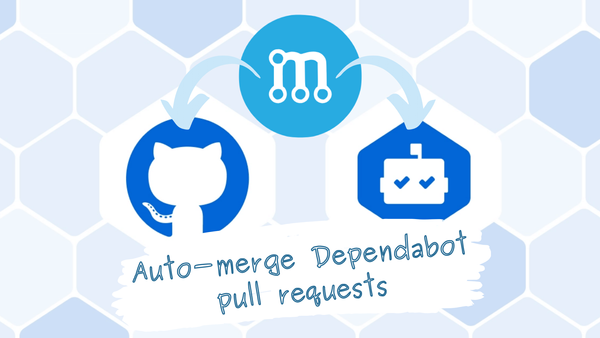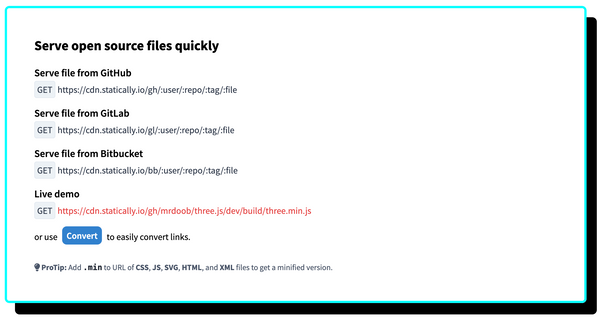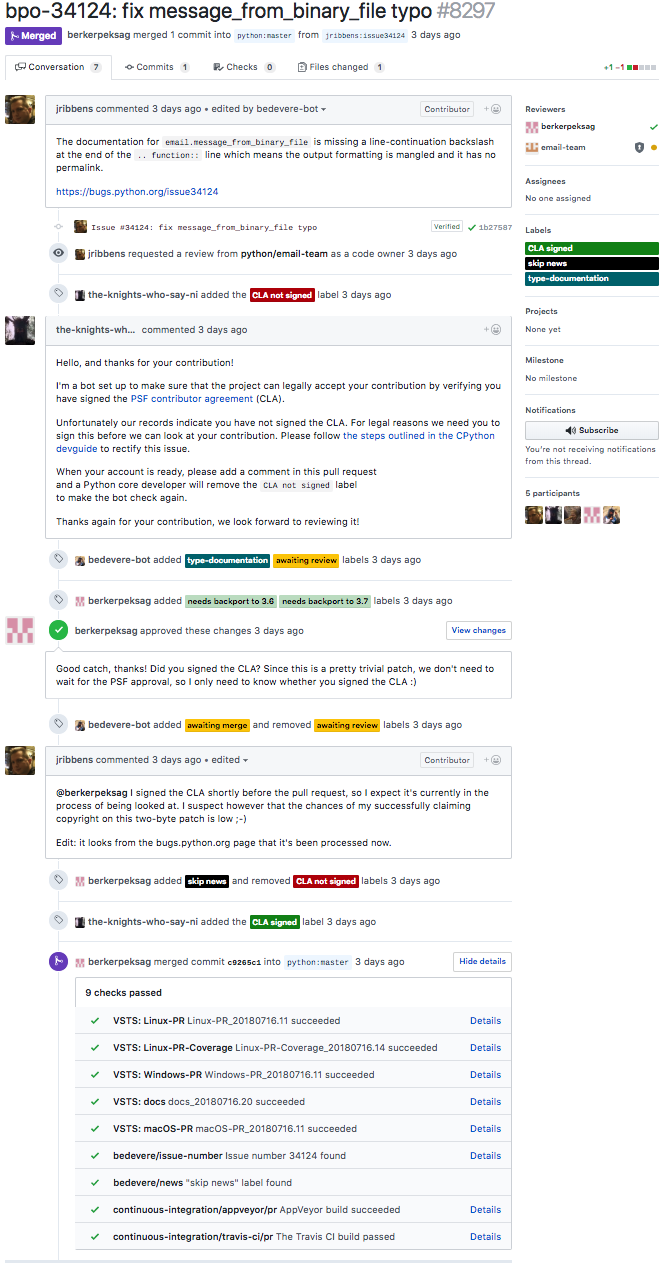
Technical
Replacing Dependabot Preview auto-merge feature
We all knew it was going to happen anyway. GitHub just pulled the plug and removed Dependabot Preview. Dependabot was absorbed by GitHub 2 years ago now, and it seemed logical to phase out the Preview version of it. More than 30,000 organizations relied on this fabulous tool to











